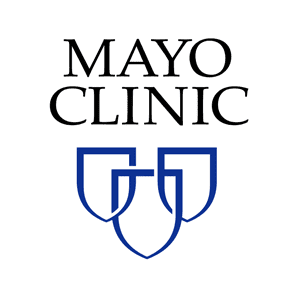A new Mayo Clinic study confirms the use of smartphones medical images to evaluate stroke patients in remote locations through telemedicine.
The study, the first to test the effectiveness of smartphone teleradiology applications in a real-world telestroke network, was recently published in Stroke, a journal of the American Heart Association.
“Essentially what this means is that telemedicine can fit in our pockets,” says Bart Demaerschalk, M.D., professor of Neurology, and medical director of Mayo Clinic Telestroke. “For patients this means access to expertise in a timely fashion when they need it most, no matter what emergency room they may find themselves.”
Click here for a video of Dr. Demaerschalk talking about the study
Mayo Clinic was the first medical center in Arizona to do pioneering clinical research to study telemedicine to serve patients with stroke in non-urban settings. Today, Mayo Clinic is the hub in a network of 12 other spoke centers, all but one in Arizona. In telestroke care, the use of telemedicine platforms or robots located in a rural hospital lets a stroke patient be seen in real time by a neurology specialist who typically is working from a desktop or laptop computer in Phoenix. The Mayo Clinic stroke neurologist, whose face appears on a computer screen, consults with emergency room physicians at the rural sites and evaluates the patient.
Patients showing signs of stroke can be examined by the neurologist who can also view scans of the patient’s brain to detect possible damage from a hemorrhage or blocked artery. If necessary patients can be administered clot-busting medications within the narrow window of time necessary to minimize permanent injury to the brain. The study compared the quality of medical images using a particular smartphone application to the same types of information and images typically viewed via desktop computers. Mayo Clinic neurologists worked with emergency physicians and radiologists at Yuma Regional Medical Center to compare brain scan images from 53 patients who came to that medical center with stroke.
The scans were reviewed by radiologists in Yuma and a separate adjudication panel of stroke neurologists to determine the level of agreement between these traditional interpretation routes and new images and scans on smartphones interpreted by telestroke doctors. The study shows there was a high level of agreement (92 to 100 percent) among all the reviewers over the most important radiological features.
via Mayo Clinic
The Latest Streaming News: Smartphone Telemedicine updated minute-by-minute
Bookmark this page and come back often
Latest NEWS
Latest VIDEO








